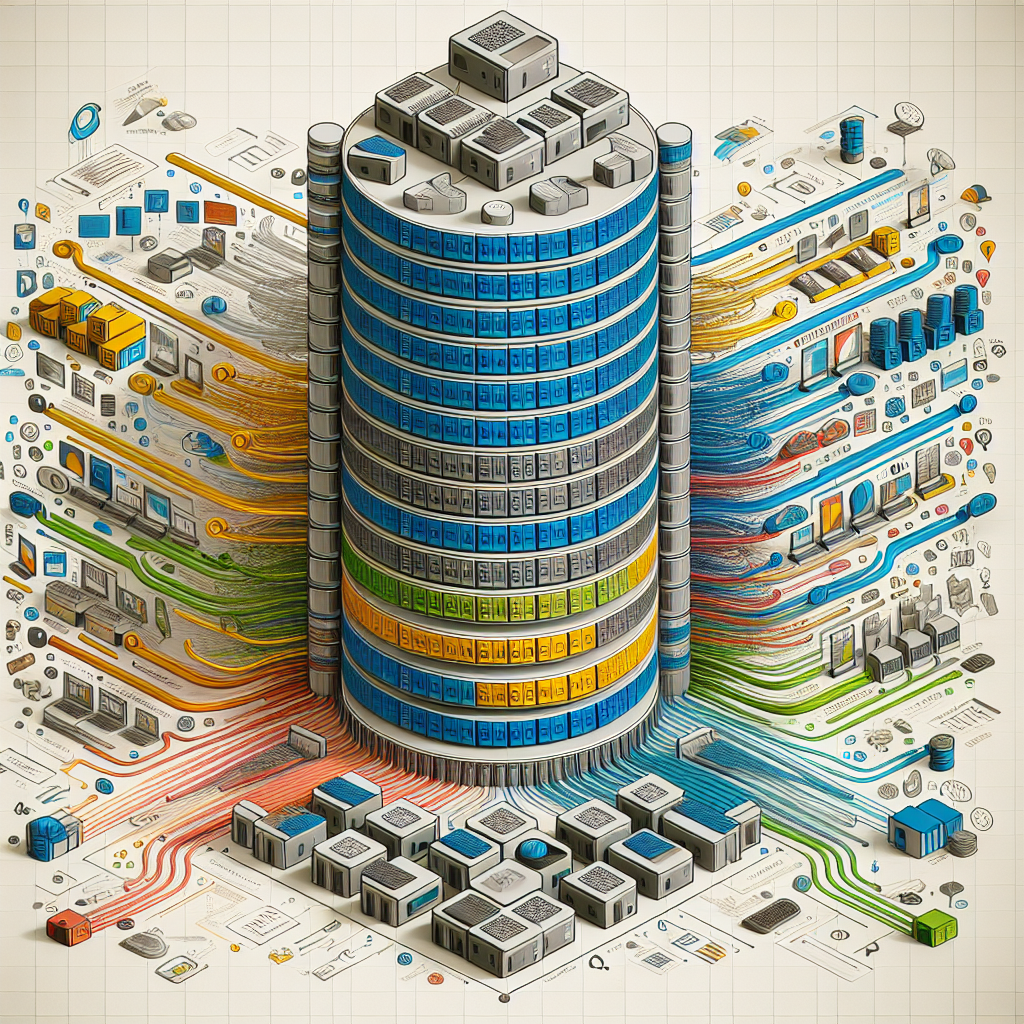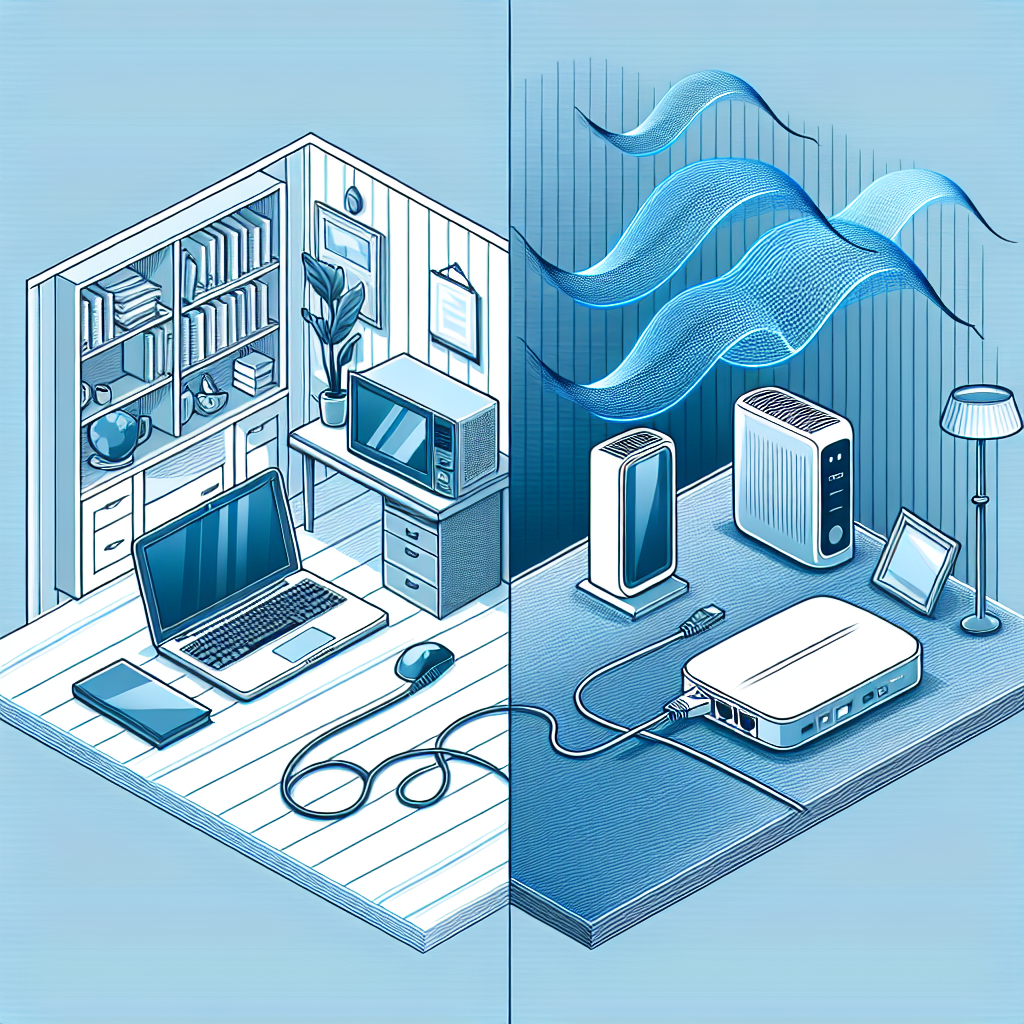Introduction
In today’s digital age, many users connect multiple displays to their computers for enhanced productivity and an improved viewing experience. However, understanding the difference between mirroring and extending displays is crucial for optimizing your setup. This article will explore these two display options, their advantages, and when to use each.
What is Display Mirroring?
Display mirroring, also known as screen duplication, involves showing the same content on multiple screens. This setup is commonly used in presentations, classrooms, or meetings, where a single source needs to be displayed to a larger audience.
Benefits of Mirroring
- Simplicity: Mirroring is straightforward to set up; once connected, the same image appears on all screens.
- Ideal for Presentations: It allows for effective sharing of information or media during meetings and lectures.
- Consistent Experience: All viewers see identical content, making it easier to engage with the material.
What is Display Extending?
Extending your display means using multiple screens to create a larger, more immersive workspace. Instead of showing the same image, each screen acts as an extension of your desktop, allowing you to spread applications and windows across several displays.
Benefits of Extending Displays
- Increased Productivity: Users can work on multiple tasks simultaneously without needing to switch between windows constantly.
- Enhanced Multitasking: Applications can be organized across multiple screens, making it easier to compare data or reference materials.
- Immersive Experience: Extending displays is beneficial for gaming or creative work, providing a wider field of view.
Key Differences Between Mirroring and Extending Displays
| Feature | Mirroring | Extending |
|---|---|---|
| Content Displayed | Same on all displays | Different on each display |
| Use Case | Presentations, Meetings | Work, Gaming, Creative Projects |
| Configuration Ease | Easy to set up | Requires more setup |
| Screen Real Estate | Limited to one screen size | Increased workspace |
When to Use Each Option
Choosing between mirroring and extending displays depends on your specific needs:
- Use Mirroring When:
- Delivering a presentation in a conference room.
- Sharing your screen during a video call.
- Teaching in a classroom setting.
- Use Extending When:
- Working on multiple projects simultaneously.
- Gaming and wanting a wider field of view.
- Creating content that requires multiple reference materials.
Conclusion
Understanding the difference between mirroring and extending displays can significantly enhance your productivity and viewing experience. While mirroring is perfect for presentations and sharing information with a group, extending displays is ideal for multitasking and immersive activities. By knowing when to use each option, you can make the most of your dual-display setup.




